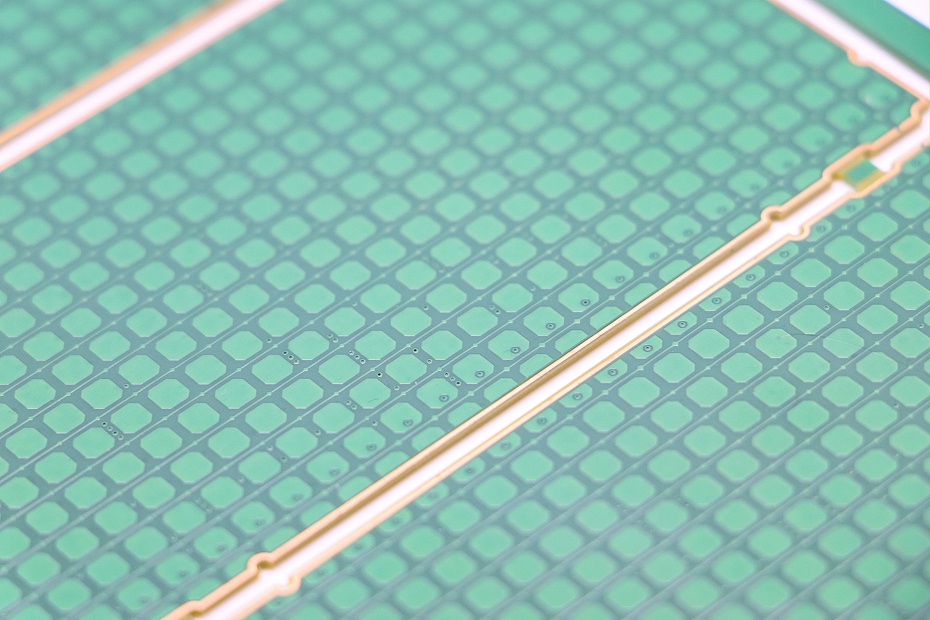According to jpca-es-01-2003 standard: the copper clad laminate with chlorine (Cl) and bromine (Br) content less than 0.09% wt (weight ratio) is defined as halogen-free copper clad laminate. (at the same time, total CI + br ≤ 0.15% [1500ppm]).

2. Why should halogen be banned
Halogen refers to the halogen group elements in the periodic table of chemical elements, including fluorine (F), chlorine (Cl), bromine (Br) and iodine (I). At present, flame retardant materials, such as FR4 and CEM-3, are mostly brominated epoxy resin. In brominated epoxy resin, tetrabromobisphenol A, polybrominated biphenyl, polymerized polybrominated diphenyl ether and polybrominated diphenyl ether are the main blocking fuel for copper clad laminates, which are low cost and compatible with epoxy resin. However, relevant research institutions have shown that halogen containing flame retardant materials (polybrominated biphenyl PBB, polybrominated diphenyl ether PBDE) will emit dioxin, benzfuran, etc. when they are burned on fire, they have a large amount of smoke, bad smell, high toxic gases, carcinogenic, unable to be discharged after ingestion, which is not environmentally friendly and affects human health. Therefore, the EU initiated a ban on PBB and PBDE as flame retardants in electronic information products. According to the same document issued by the Ministry of information industry of China, the electronic information products put into the market shall not contain lead, mercury, hexavalent chromium, polybrominated biphenyls or polybrominated diphenyl ether.
Six substances, such as PBB and PBDE, are prohibited by EU laws. It is understood that PBB and PBDE are basically not used in the copper clad laminate industry, and bromine flame retardant materials other than PBB and PBDE are mostly used, such as tetrabromobisphenol A, dibromophenol, etc. This kind of copper clad laminate containing bromine as flame retardant is not regulated by any laws and regulations. However, this kind of copper clad laminate containing bromine will release a large amount of toxic gas (brominated type) during combustion or electrical fire. When PCB is used for hot air leveling and electronic component welding, the board will also release a small amount of hydrogen bromide under the influence of high temperature (> 200); whether dioxin will also be produced is still under evaluation Medium. Therefore, FR4 material containing tetrabromobisphenol A flame retardant is not prohibited by law, and can be used, but can not be called halogen-free board.
3. Principle of halogen free substrate
At present, most of the halogen-free materials are mainly phosphorus series and phosphorus nitrogen series. When the phosphorus containing resin is burned, it will decompose into metapolyphosphoric acid, which has strong dehydration property, forms carbonization film on the surface of polymer resin, insulates the burning surface of resin from contacting with air, extinguishes the fire and achieves flame retardant effect. The high polymer resin containing phosphorus and nitrogen compounds produces non combustible gas during combustion, which helps the resin system to be flame retardant.
4. Characteristics of halogen free PCB
a. Insulation of materials
Due to the substitution of halogen atoms with P or N, the polarity of the molecular bond segment of epoxy resin is reduced to a certain extent, so as to improve the insulation resistance and puncture resistance of epoxy resin.
b. Water absorption of materials
The halogen-free PCB materials have less N and P electrons than halogen-free materials, and the probability of forming hydrogen bonds with hydrogen atoms in water is lower than that of halogen materials, so the water absorption of halogen-free PCB materials is lower than that of conventional halogen-based flame retardant materials. For the plate, low water absorption has a certain impact on improving the reliability and stability of the material.
c. Thermal stability of materials
The content of nitrogen and phosphorus in Halogen-free plate is higher than that in Halogen-free materials, so the molecular weight of monomer and TG value are increased. In the case of heating, the molecular mobility of halogen-free materials will be lower than that of conventional epoxy resin, so the coefficient of thermal expansion of halogen-free materials is relatively small.
Due to its low water absorption and environmental protection requirements, halogen-free PCB can also meet the quality requirements of PCB in other properties. Therefore, the demand for halogen-free PCB is increasing. If you have relevant halogen-free PCB to produce, please contact us.

